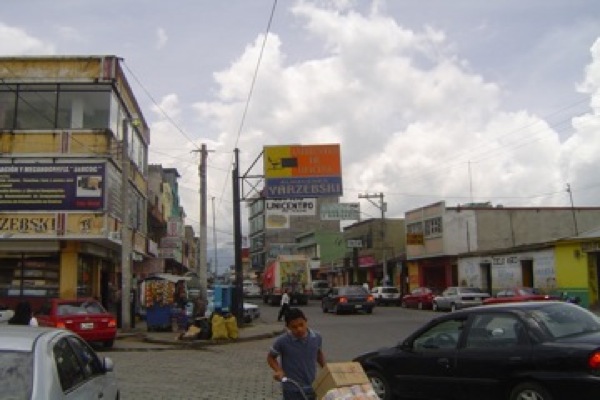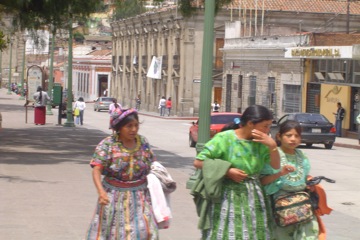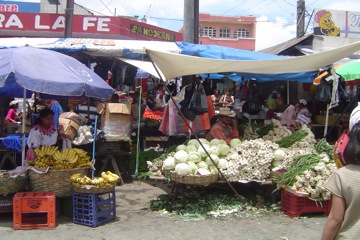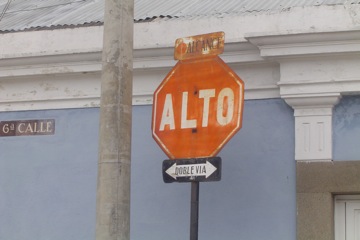
Photo: author author
MOST FOREIGN TRAVELERS looking to learn Spanish in Guatemala make Antigua their first and longest stop, charmed by its cobblestone streets and its lively bar and club scene. More serious travelers, however, take the 4-hour bus ride to Quetzaltenango (or Xela) for a different kind of experience.
While Antigua offers a lot, there are compelling reasons for giving Guatemala’s second city another look.



